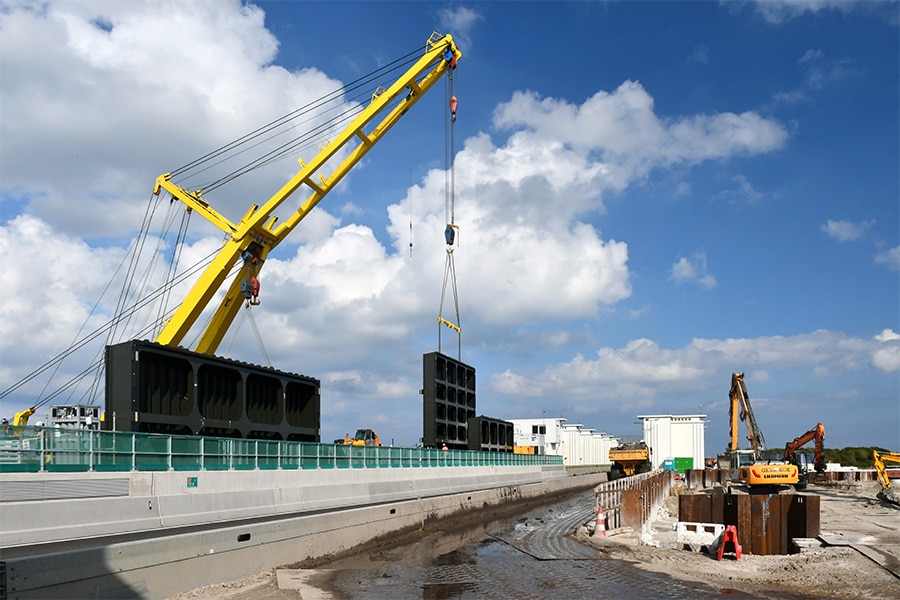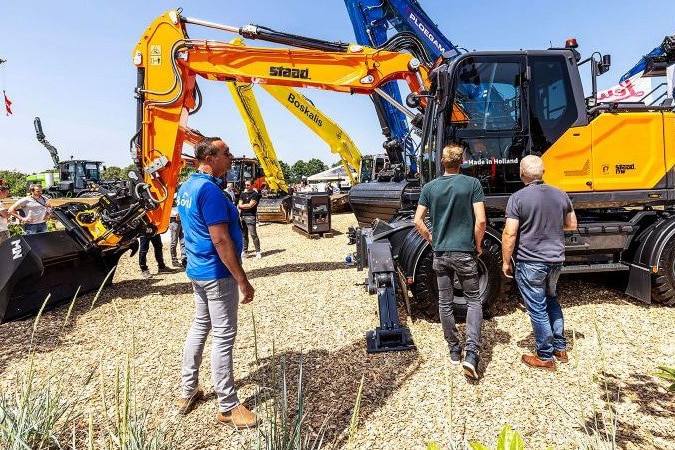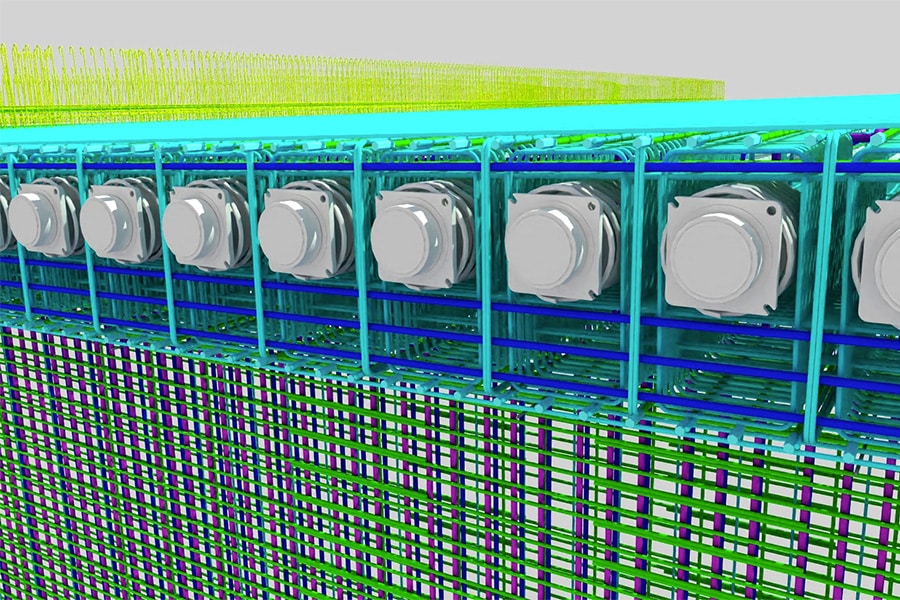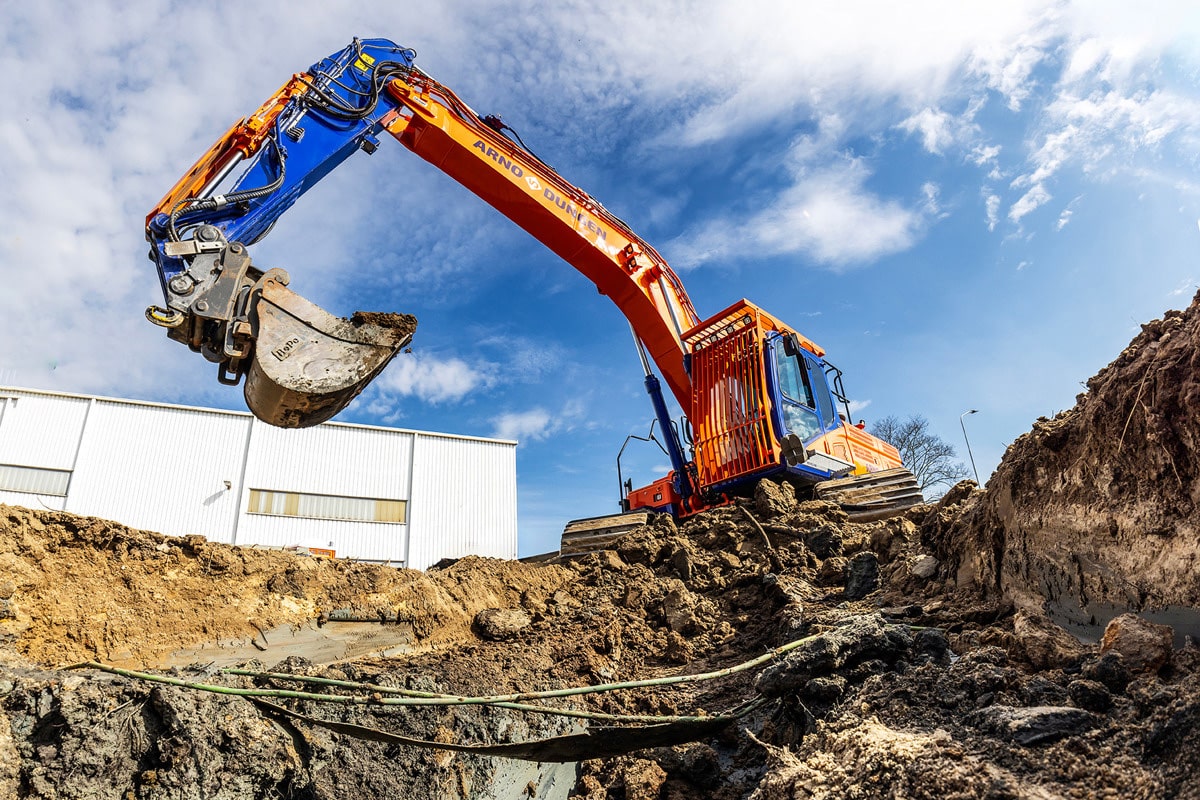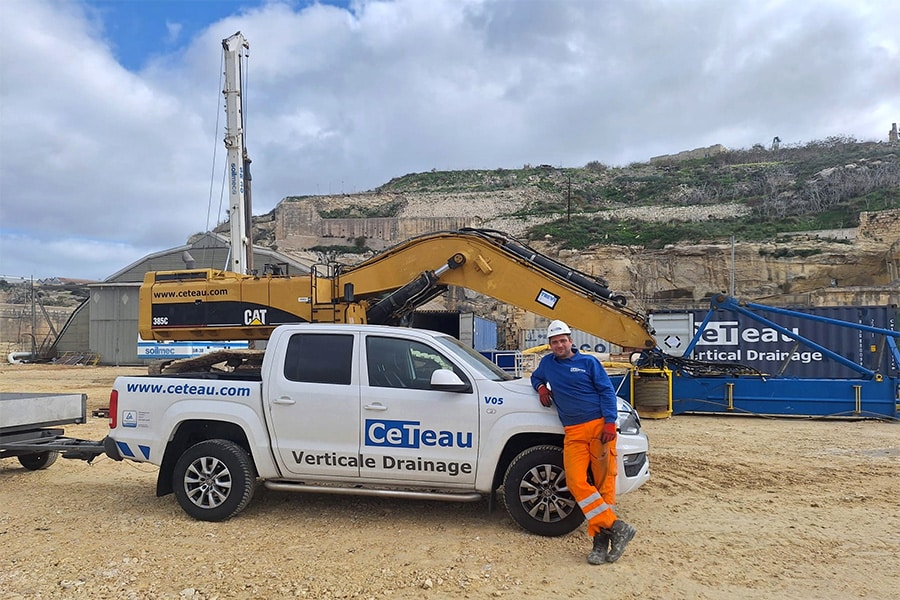
Vertical drainage in historic environment
CeTeau engages in foundation solutions: improving the soil through high-quality soil improvement techniques. Vertical drainage is one of these much sought-after techniques. In Valetta, both the capital and port city of Malta, the quay needs to be enlarged and walled. Italian general contractor Trevi asked CeTeau to sound the seabed in this historic area in preparation for construction. "We are used to some things, yet this was a complex project in several ways," said CeTeau.
There are not many companies worldwide with such specialized knowledge in the field of vertical drainage, says Gatze van der Meer, General Manager of CeTeau. Nor does it seem necessary, since CeTeau has branches worldwide. The Dutch company started under Dutch management in Thailand and now has branches in Malaysia, Mexico, Great Britain, Cambodia, Germany and, since this year, the United States.
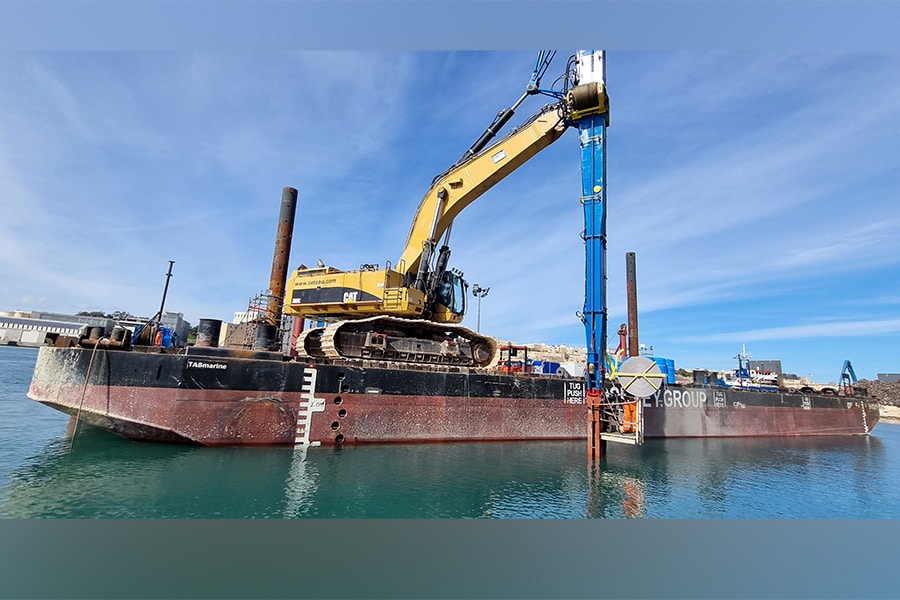
Small but complex
"Valetta is a busy seaport where there is a shortage of space," Gatze says. "That's why land is being reclaimed for additional framework space and a quay wall. To stabilize the soft layers under the seabed, we applied our vertical drainage, underwater. That means our excavator with drainage mast was placed on a pontoon. Then we applied our drains to the bottom, which is at 8 meters underwater, up to 28 meters below the seabed. A total of 118,000 linear meters of drains were installed in the bottom. Each drain was placed in a 1 m2 grid."
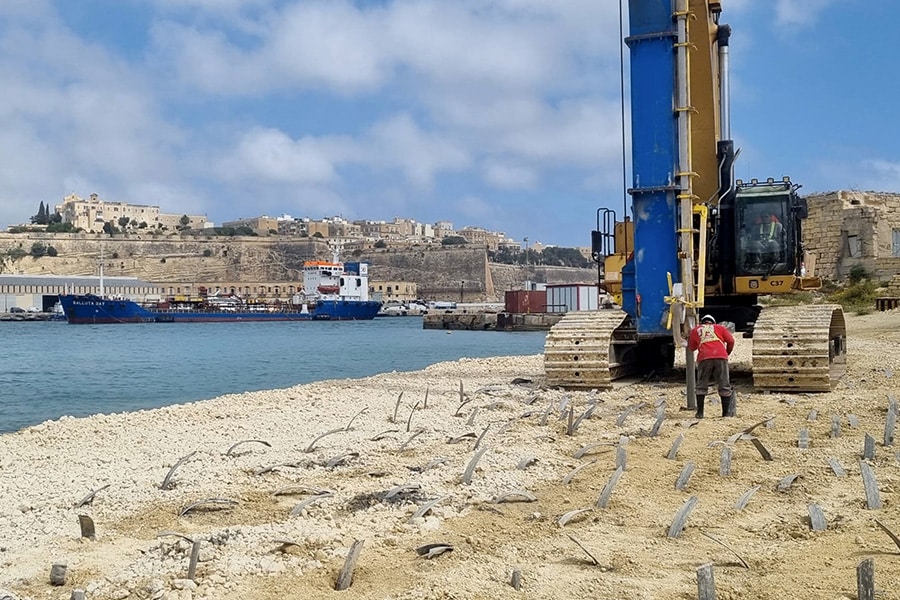
Surprises under the sea floor
Those who think this is a lot are mistaken. "It's a relatively small project for us," Gatze explains. "At Google in Groningen, we place 480,000 meters in drains of 5 meters, so 87,000 drains. In Venice, we go 16 meters deep on average and place 94,000 drains with about 1.5 million meters stretching. The project in Malta is complex, in part because of working from a pontoon and installing underwater. In addition, the historical environment brought some bumps, because under the sea floor there appeared to be old structures, quay walls of old castles, these have been marked as far as possible in our GPS control system."
Logistically, too, it turned out to be a project in itself: the excavator was shipped in parts from Malaysia to Malta and then reassembled there. The mast came in parts from the Netherlands. The crane is disassembled again after work in an Italian port and then goes in pieces on trucks to a new job in Germany.
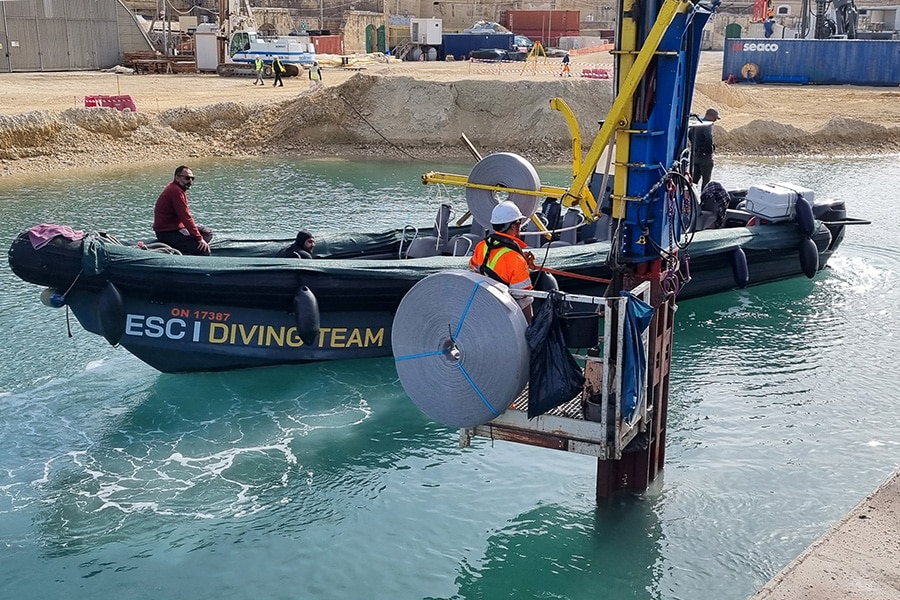
Biobased drains
Because the drains, now made of plastic with cloth wrapped around them, remain in the soil, CeTeau is now developing biobased and biodegradable biodegradable drains, which blend back into the soil. "We are currently conducting pilots with this principle," says Gatze. Incidentally, CeTeau builds and develops every machine itself down to the smallest detail. "And this is all done in the Netherlands. For installation, we use a GPS system that communicates with a software program we also developed ourselves. And everything comes together in Malta. We are specialists in this field and we like to show that. By the way, also at InfraTech 2025. Feel free to drop by our booth 1.219."
